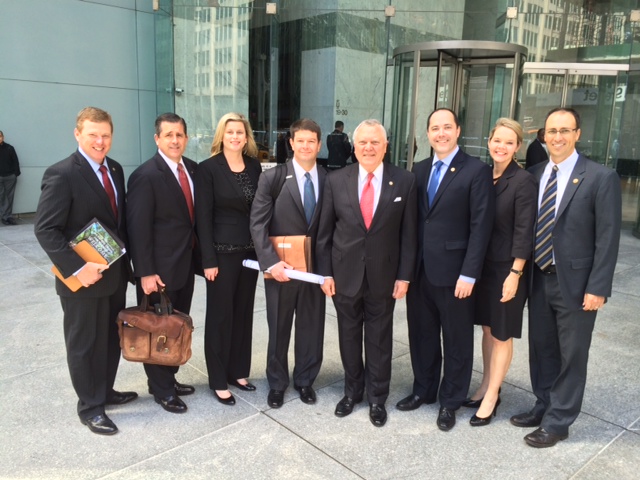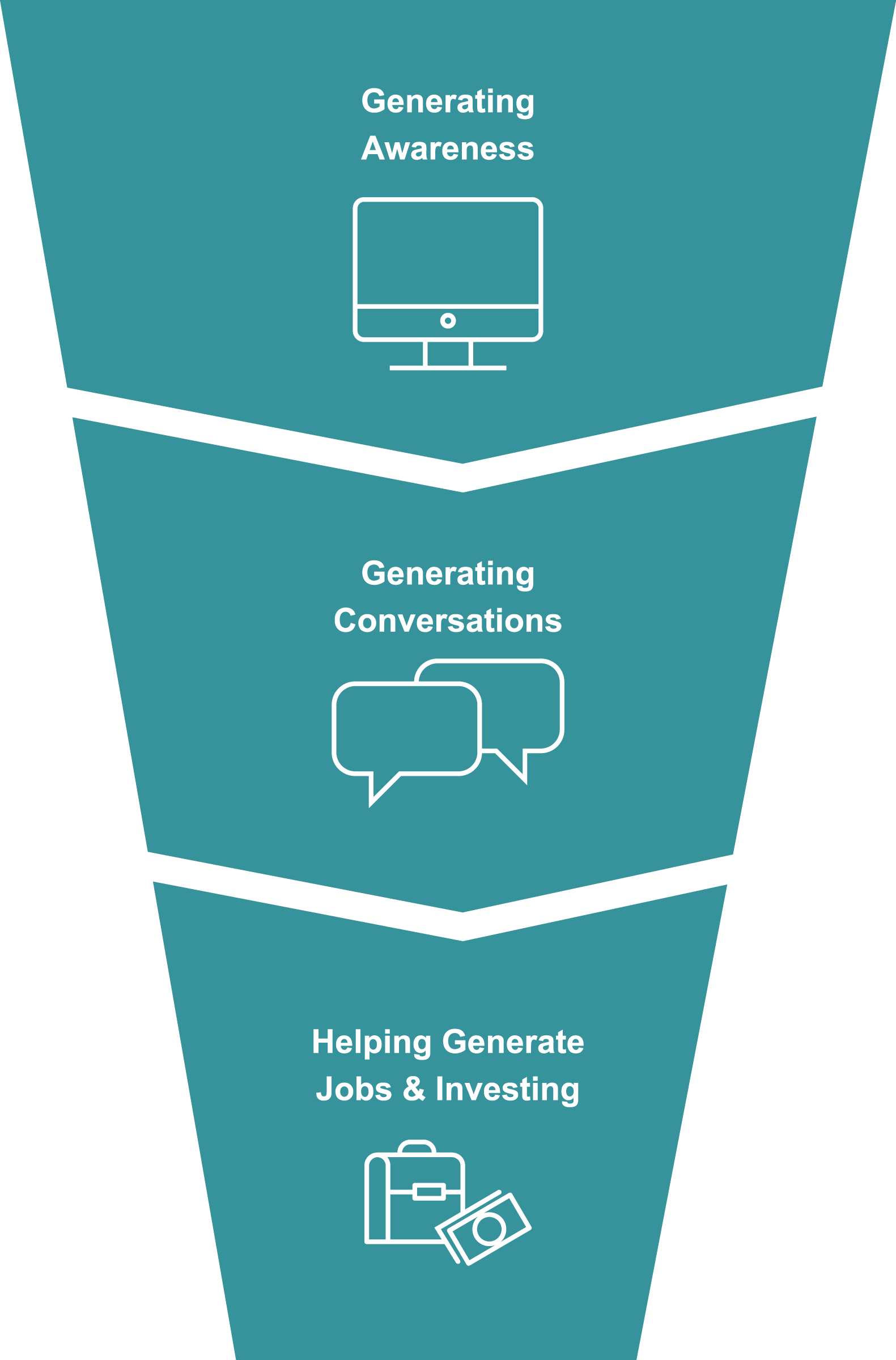Savannah: A City Built on Business
While Savannah has its challenges, we are also a city with great assets and advantages.
Most notably, our infrastructure. Savannah’s ideal location on the Atlantic Ocean in the southeastern part of the United States but the western-most port puts 70 percent of the U.S. population within a two-day drive by ground, water, rail or air. We are connected to the most extensive surface transportation network in the United States including major interstates I-16 and I-95, giving drivers easy access to the entire East Coast.
The Port of Savannah is home to the largest single-terminal container facility of its kind in North America and is the nation’s second-busiest container exporter in the nation.
Savannah has two Class I railroads, which include on-terminal service to the Port of Savannah.
The Savannah/Hilton Head International Airport is Georgia’s second-busiest airport with 21 nonstop destinations and 40+ daily direct flights.
While the workforce has challenges, it also has its advantages. With close to 416,000 in the labor pool available within 60 miles, with a median age of 34.9, the Savannah area population is young and diverse. Among those contributing to Savannah’s workforce are more than 4,000 servicemen and women who transition out of the local military each year and graduates of the area’s 19 area colleges and universities, which enroll more than 60,000 students.
Other advantages that give Savannah an edge include the World Trade Center Savannah, Foreign-Trade Zone 104, a low tax structure and incentives available, an entrepreneurial ecosystem and of course the quality of life we experience in Savannah. To learn more about Savannah’s advantages, visit seda.org.





